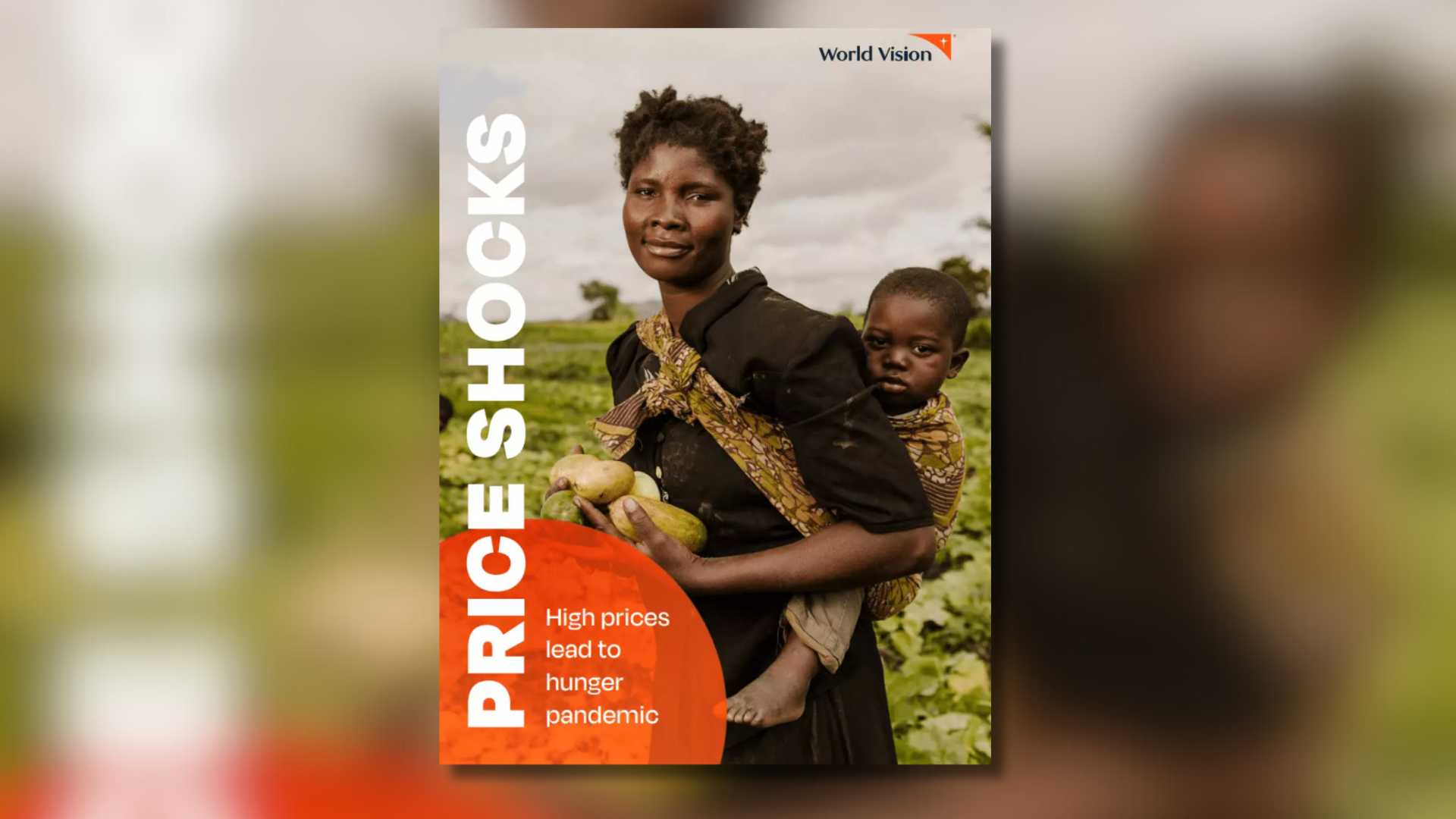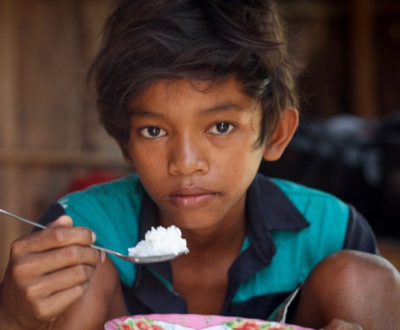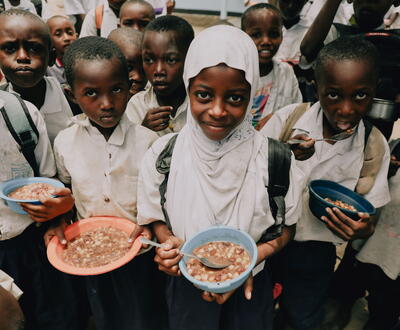
Price Shocks 2025: High Prices Lead to Hunger Pandemic
In response to the global hunger crisis, World Vision has been conducting an annual food price survey since 2021, monitoring both year-on-year fluctuations in food prices, as well as comparing the cost of a standard food basket in terms of hours worked between countries. This report is the fourth iteration of our annual survey and includes data from almost 80 countries where World Vision works.
This year’s data show that despite global food price stabilisation in wealthier nations, costs continue to rise in fragile and conflict-affected regions. The hunger crisis is intensifying, driven by the compounding effects of conflict, climate change, economic instability, and inequitable global systems. These forces disproportionately impact low-income nations, pushing millions further into food insecurity.
Key findings:
- In 16 countries, it takes over a full week of work to afford a basic food basket—highlighting the deepening global inequality.
- The highest food prices were found in Burundi, Central African Republic, Sudan, and Niger—countries facing conflict, extreme climate events, and economic turmoil.
- In Burundi, the average person must work 47 days to afford 10 common food items.
- In Sudan, the required work hours increased by 42% since last year, making food even more inaccessible.
- More than half of the 10 least expensive countries had stable or improved food prices—all of them high- or middle-income nations, further widening the global food gap.



